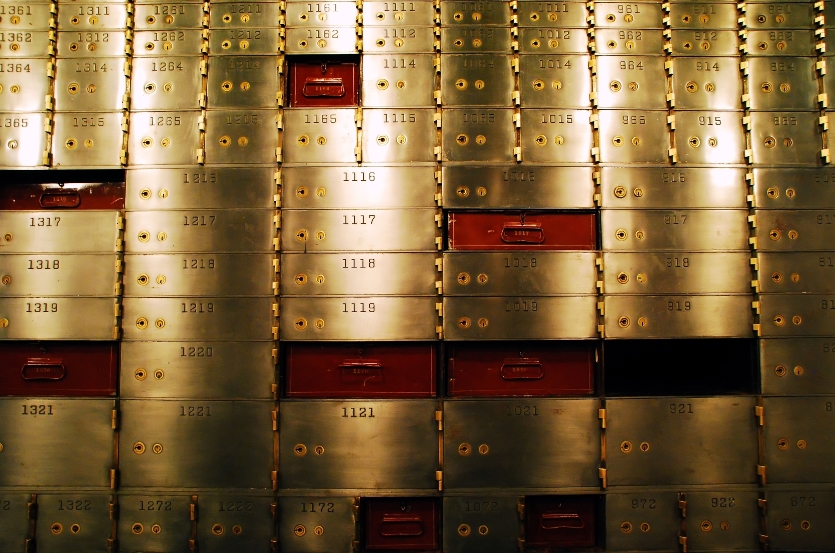
After sorting, shredding and filing with my financial organizing / daily money management clients, a few irreplaceable items often emerge that need special handling. The solution: A fire-resistant, waterproof locked box at home or . . . a bank safe deposit box.
Is there a safe deposit box already in place?
Sometimes a client already has a bank safe deposit box. It’s a question I always ask. Because if no other trusted person has this information, I can create a record of where the box is, how it’s paid for, what’s in it (if the renter knows!), where the key(s) are kept and who has authorized access. (Other places a trusted advisor can sleuth for a box are bank statements where rental fees usually appear annually and tax returns where fees are itemized on Schedule A—“Other Miscellaneous Deductions.”)
If a client plans to rent a safe deposit box, I urge them to read the bank’s agreement carefully, since they do vary by bank.
Here are six points to keep in mind, for you or your clients:
- Before naming a second renter and/or a deputy, read the bank agreement carefully to see what rights they are given to make sure they are consistent with estate plans.
- Never keep original wills or last wishes in a safe deposit box. Upon the death of the renter, the box could be sealed, not to be re-opened until an executor is named. A safe place for those documents is your attorney’s office or home box. Social Security notifies banks of account holders’ passing within 30 days of the event, but not necessarily about holders of safe deposit boxes. Don’t bother renting a box to hold documents that can be replaced.
- Keep keys in a safe place—and let a trusted person know where. If one key is missing, the renter will be charged a modest fee to replace it. If both are missing, the box has to be drilled and the lock changed—a much more involved and expensive process.
- Make an inventory of what is in the box and make a copy of paper records and documents before locking them up. That way the information is easily accessible—anytime, anywhere—without a trip to the bank.
- Rather than putting savings bonds in the box, consider converting them to electronic form using the Treasury’s SmartExchange program, at www.treasurydirect.gov.
- If all other assets are in the name of a trust, try to have the box also in the trust’s name. It’s a shame to go through probate simply to gain access to a safe deposit box.
Additional “out-of-the-box” thoughts
What about unidentifiable safe deposit keys you may find? It’s worth checking with the bank where the box might have been located (even if the bank has changed names) but don’t expect automatic access the box, if found, for two reasons. Having the key alone will not give access to the box. And only renters, co-renters, deputy or executor have access.
Banks review their box inventory periodically. If rent has not been paid and the grace period has passed, the box is drilled open, contents catalogued and sent to the state’s unclaimed property. But don’t lose heart -- the bank where the box was located may be able to help by sending an inquiry to unclaimed property on your behalf and see what they can find out. The contents might be able to be returned to the rightful owner -- less unpaid rent and key drilling fees, of course.
